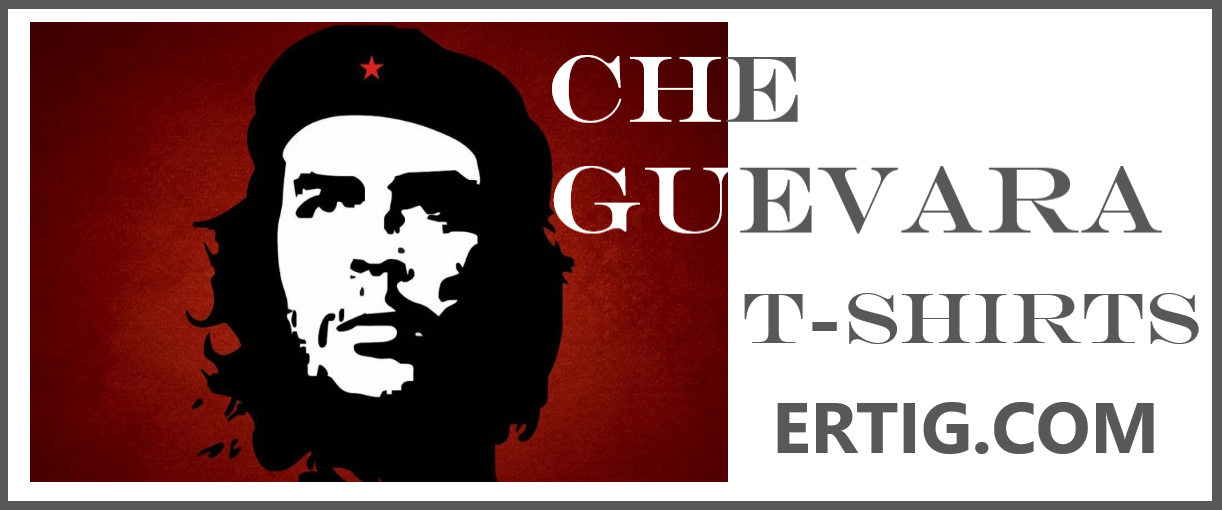INSUBCONTINENT EXCLUSIVE:
The Ibovespa ended June 20, 2025, at 137,115.83, falling 1.15% on the day as official B3 and TradingView data confirmed.The session saw
steady selling pressure, with investors reacting to renewed global trade tensions and a decisive technical breakdown on the daily chart.The
market opened lower and failed to recover, mirroring declines in major world indices
Concerns over US tariff threats and weak sentiment in Europe and Asia set a cautious tone.The Brazilian real remained under pressure, and
showed a clear shift in trend
The index closed below its 50-day moving average and entered the Ichimoku cloud, both widely watched signals of weakening momentum.The MACD
histogram turned negative, and the signal line crossed below, confirming bearish momentum
The RSI dropped to 53.13, moving away from overbought levels.Bollinger Bands widened, and the price closed near the lower band, highlighting
increased volatility and downside risk
Volume remained robust, supporting the validity of the move.Ibovespa Slips as Technical Weakness and Global Uncertainty Weigh on Brazilian
EquitiesIbovespa Slips as Technical Weakness and Global Uncertainty Weigh on Brazilian EquitiesSector performance further revealed investor
Energy and financials outperformed, while materials and consumer staples lagged.Petrobras shares held steady, supported by higher oil
prices, while Vale and other exporters fell on concerns about global demand and tariffs.The BOVV11 ETF, tracking the Ibovespa, saw modest
outflows, reflecting a broader risk-off mood.The five top gainers over the last session were Embraer, Banco BTG Pactual, B3 S.A., TIM, and
Banco do Brasil.Embraer rose on operational strength, while BTG Pactual and B3 S.A
benefited from stable financial sector results.TIM gained on steady telecom demand, and Banco do Brasil edged higher on value buying.On the
losing side, Azzas 2154 dropped sharply after weak earnings, Vale fell on tariff fears, Brava Energia declined with oil price volatility,
WEG underperformed amid industrial weakness, and tech sector stocks continued to lag.Globally, equity markets faced volatility
reflected these global pressures and signaled that investors want clarity on both domestic fiscal policy and international trade
fundamentals, and global uncertainty.The market now tests lower support levels, with investors closely watching macroeconomic and technical

